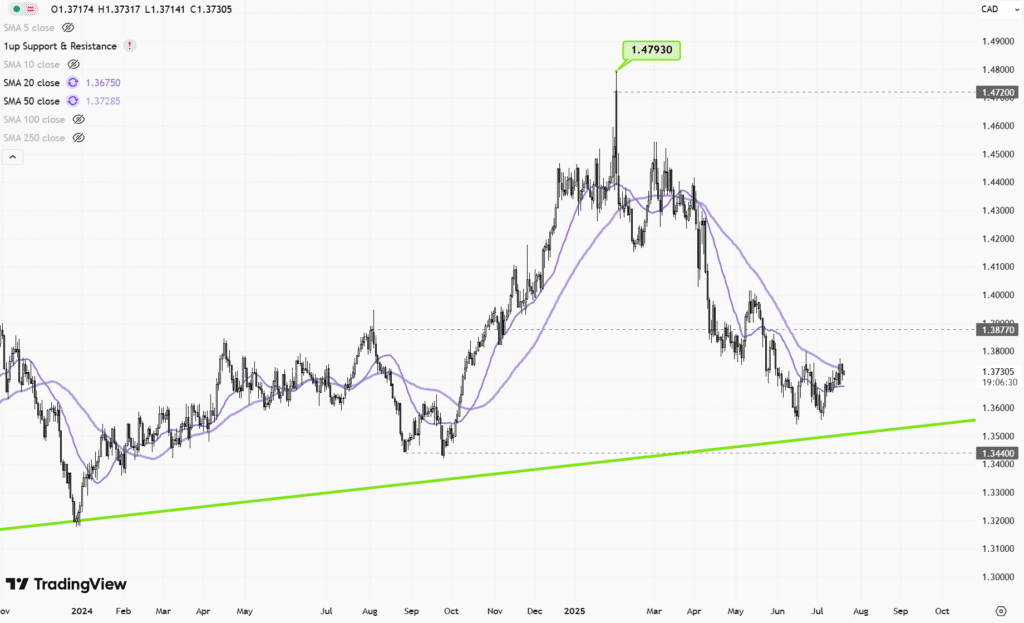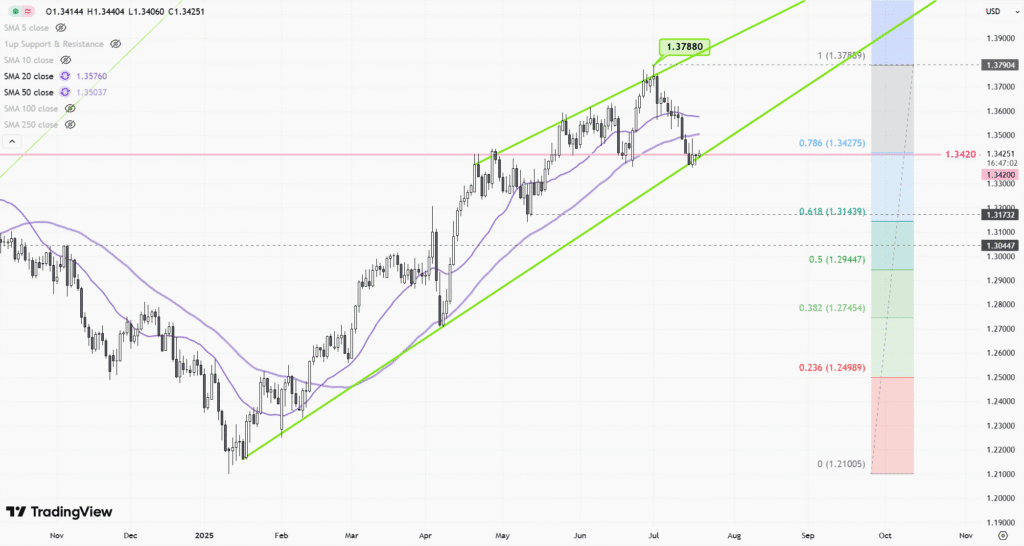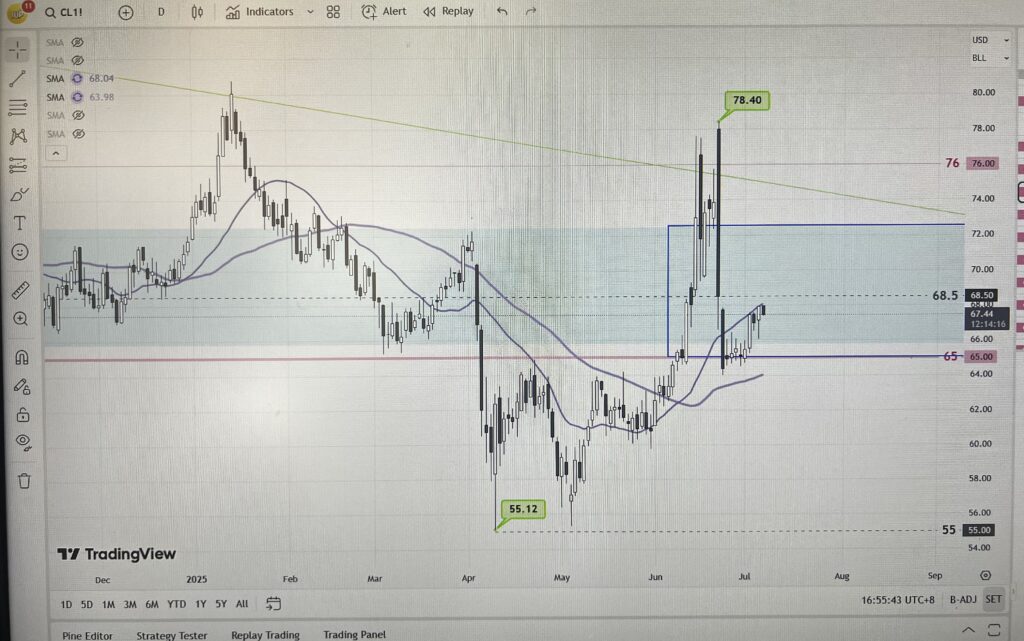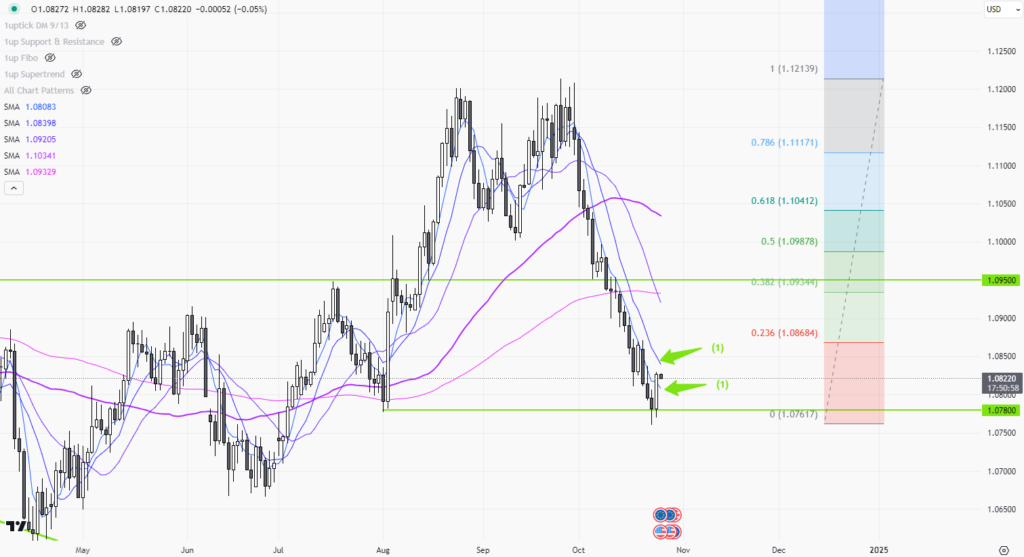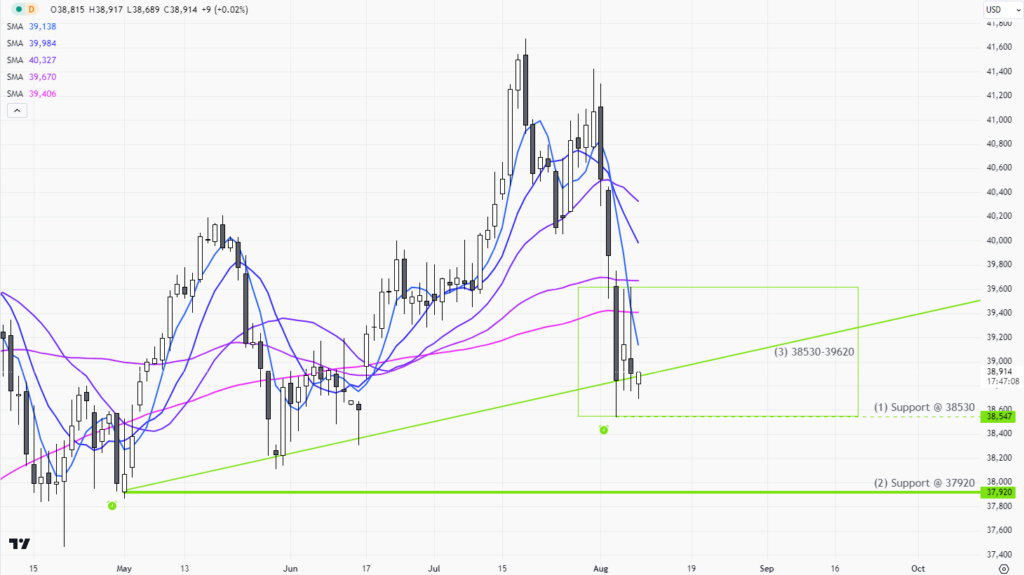 |
| Gold V.1.3.1 signal Telegram Channel (English) |
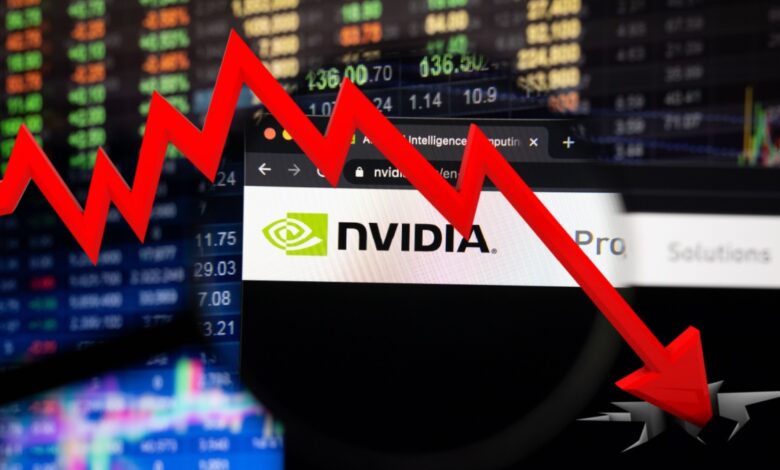
U.S. Stocks Plunge This Week: Nvidia Loses $280 Billion as Tech Leads Sell-Off; Gold and Yen Surge
2025-04-17 @ 11:42
U.S. stocks remained under pressure this week, as multiple headwinds continued to weigh on investor confidence. The market was rattled by Washington’s move to tighten export controls on China, just as doubts about the broader economic outlook and inflation gained traction. As a result, the S&P 500, Dow Jones, and Nasdaq all fell across the board. The Nasdaq led the drop, at one point plunging as much as 4.5%—its steepest single-day loss so far this year. Chipmakers suffered the most, with semiconductor stocks taking a heavy hit.
Nvidia, a key player in AI chips, found itself at the center of the storm. The U.S. Department of Commerce announced plans to add its H20 chip—custom-built for the Chinese market—to a list of exports presumed to be denied. This sent Nvidia shares sliding more than 10% in pre-market trading before paring losses to close down nearly 7%. Still, the company saw over $280 billion wiped from its market value in just one day. Compounding concerns, Nvidia issued a $5.5 billion write-down on inventory—about 18% of its net profit from last year—highlighting how geopolitical tensions are now taking a real toll on corporate earnings.
The sell-off quickly rippled through the broader semiconductor supply chain. AMD dropped over 7%, and TSMC’s U.S.-listed ADRs fell about 3.6%. A recent report by a major investment bank also warned of slowing demand for advanced packaging and a reduction in chip orders from big tech names like Amazon, which could put downward pressure on TSMC’s utilization rates and revenue forecasts. Analysts now expect TSMC’s initial revenue growth target of 25% for 2025 could be revised down to around 20%, deepening investor unease.
The latest earnings report from European chip equipment maker ASML further confirmed weakness in the industry. New orders in the first quarter plunged 44.5%. The CEO admitted that growing U.S.-China tech tensions are prompting some clients to postpone expansion plans. While global supply chains are increasingly being “de-risked,” that same trend is prompting companies to pull back on capital expenditures, further weakening overall demand.
From a policy standpoint, Federal Reserve Chair Jerome Powell was back in the spotlight. Speaking in Chicago, Powell warned that if current trade policies evolve into broad tariffs, the U.S. economy could be pushed to the brink of stagflation. Not only could inflationary pressures persist, but both business and consumer confidence could take a hit. He stressed that recent data shows short-term inflation expectations are climbing, and the recent uptick in retail sales might just be consumers front-loading purchases to avoid rising prices later—not an actual rebound in demand.
Markets reacted swiftly. The yield on the 10-year Treasury dipped below 4.2%, signaling a flight to safety. Meanwhile, the yield curve inverted further, with the spread between short- and long-term rates widening to 37 basis points—a classic warning sign of recession. Credit spreads also widened significantly as corporate borrowing costs surged over the week, especially in the high-yield market, where liquidity is becoming increasingly tight.
In this unsettled environment, money has started flowing back into traditional safe havens. Gold jumped by 3.2%, breaking above $3,300 per ounce to hit a new high. Oil also rebounded, rising more than 2%, reflecting mounting concerns about both inflation and slowing global growth.
The currency markets mirrored this risk-off sentiment. Investors pulled away from the U.S. dollar and moved toward lower-risk currencies. The Japanese yen strengthened nearly 1.7% in a single day, hitting a six-month high against the dollar. Offshore yuan also surged, briefly crossing the 7.3 mark. Market participants interpreted this as a sign that some investors are betting on China serving as a possible stabilizing force amid geopolitical turbulence.
From a strategic standpoint, institutional investors are reassessing their asset allocations. Morgan Stanley’s latest outlook notes a shift from liquidity-driven momentum to earnings-focused strategies. Given the unpredictable policy landscape and shaky earnings outlook for tech stocks, the firm recommends trimming exposure to the sector and increasing positions in energy and consumer staples.
At the same time, defensive positioning in the market is clearly intensifying. Hedge funds, according to data from Goldman Sachs, significantly reduced their leverage in the tech sector, with net leverage falling 15% in a single day—the biggest one-day reduction since last year. The VIX volatility index surged to 32.8, highlighting a rapid increase in market expectations for future swings and a growing sense of caution.
With U.S.-China trade tensions escalating, little room left for monetary policy adjustments, and volatility on the rise, investors are turning their focus to the Fed’s next steps. Powell has made it clear the Fed won’t step in just because the market is tumbling. He emphasized the central bank’s commitment to independence and market discipline, signaling that even a deeper sell-off or downturn may not prompt immediate intervention.
All told, the market remains deeply concerned about the negative feedback loop between tariffs, inflation, and economic growth. This policy-driven correction may just be the beginning of a broader repricing cycle. For investors, navigating this “new normal” of uncertainty calls for greater attention to company fundamentals and policy shifts—and a willingness to adapt portfolios accordingly.


